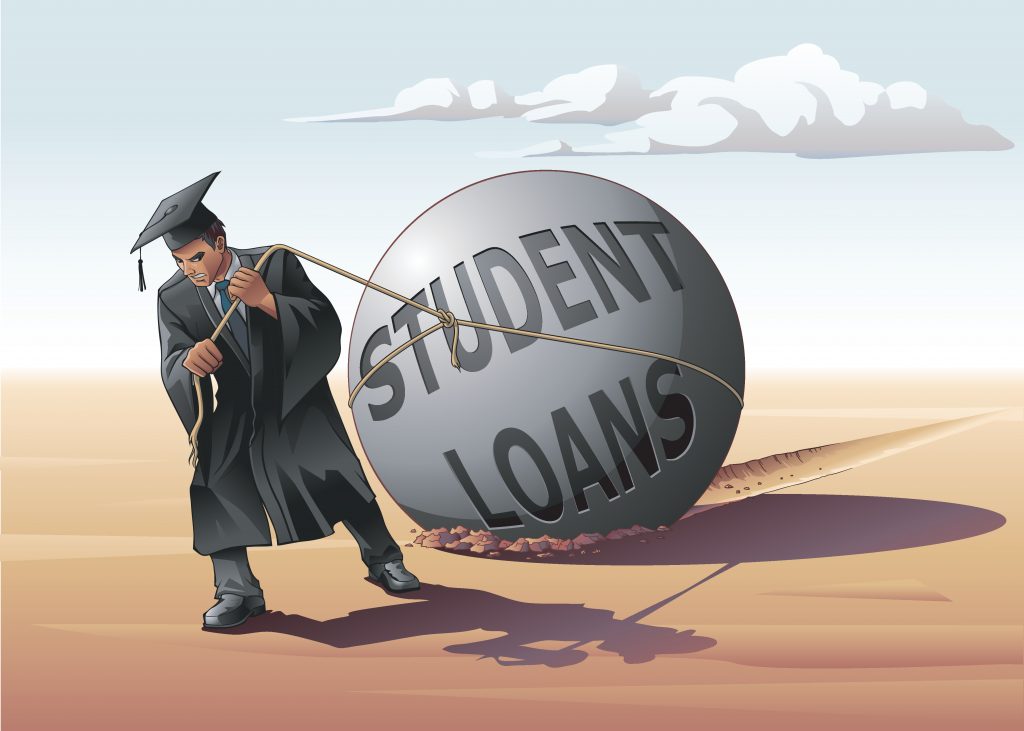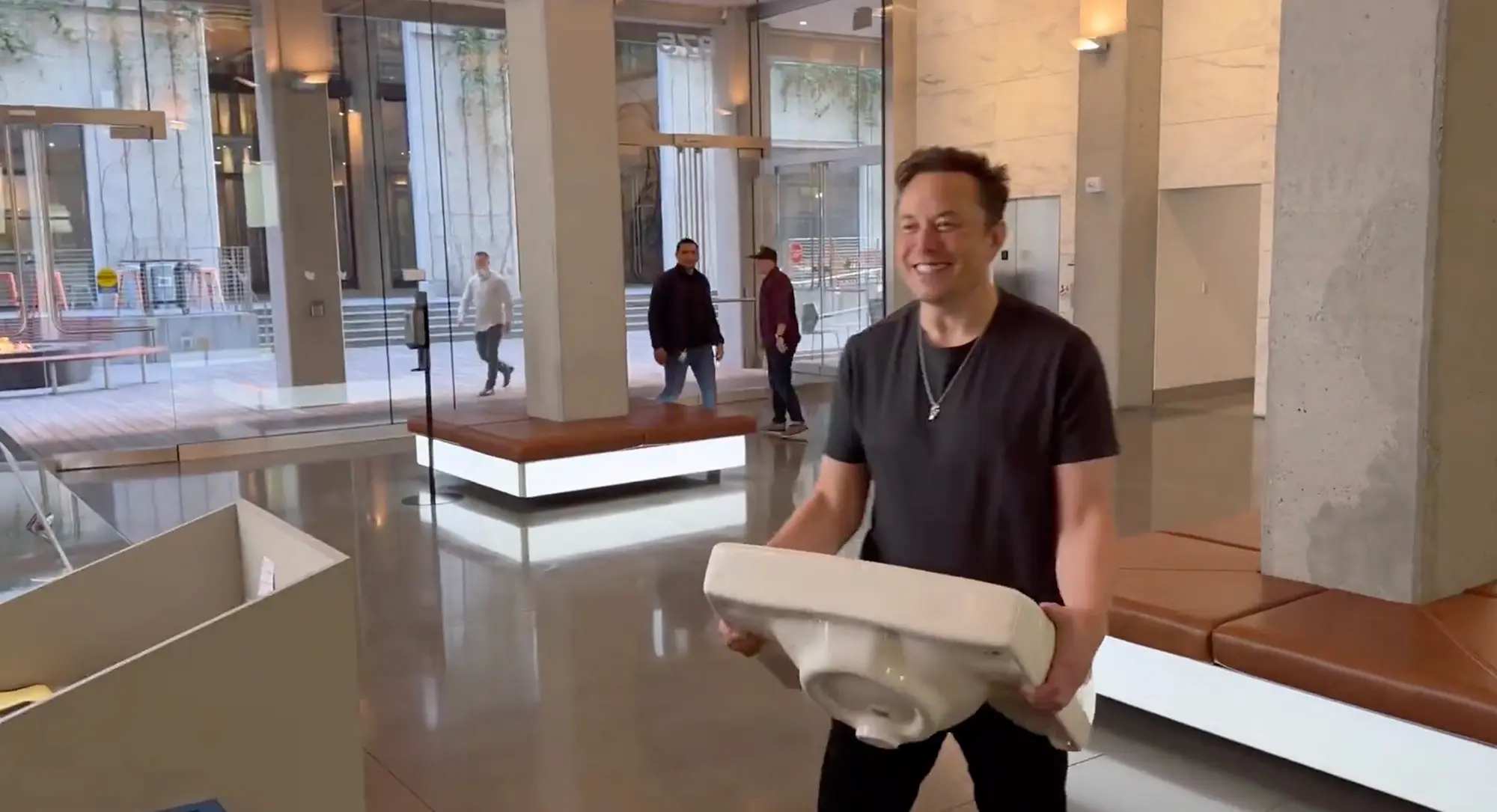Silicon Valley Bank
It’s an old-fashioned bank run, really with no suggestion of fraud, but possibly of mismanagement:[1]
[Silicon Valley Bank] took in tens of billions of dollars from its venture capital clients and then, confident that rates would stay steady, plowed that cash into longer-term bonds.
In doing so, it created — and walked straight into — a trap.
[Greg] Becker and other leaders of the Santa Clara-based institution, the second-largest US bank failure in history behind Washington Mutual in 2008, will have to reckon with why they didn’t protect it from the risks of gorging on young tech ventures’ unstable deposits and from interest-rate increases on the asset side.[2]
A reimbursement beyond Federal Deposit Insurance Corporation (FDIC) limits appears to already be in progress.[3]
There is nothing ‘moral’ about venture capital; it specializes in inordinate risks and from what I’m seeing, the story seems likely to be about Silicon Valley Bank treating such capital as stable.[4] But the story I got during the dot-com boom was that venture capitalists expect to lose many of their bets in the hope that a few of them will pay off and cover their losses on the others.
The innovation economy is the best place to be. We’re very fortunate to be right in the middle of it.[5]
The problem of moral hazard classically is that by protecting ‘investors’—we might better call them “gamblers”—from losses on bad ‘business decisions,’ it incentivizes them to make bad bets. The high technology industry relied heavily on venture capital—we might better call venture capitalists “high rollers”—in the dot-com boom; my impression since has been that the industry has generally never weaned itself off of it, which is to say that many of their decisions are “bad” decisions, kept afloat on “high rollers’” money.
Moral Hazard: “Socializing the risk” of bad loans (see Bad Debt) or gambles via taxpayer bailouts of bankers or bondholders who lose money on bad and even fraudulent loans. There is nothing socialist (although some call it socialism for the rich”) about this particular form of Big Government. A better term for this tnora hazard is “oligarchizing the risk.” (See State Socialism.) Reversing the idea that the role of banks and other financial institutions is to serve the economy, financialization sacrifices the economy to protect the One Percent from suffering losses on its assets and bad loans. The effect of such subsidy to banks Too To Fail/Jail is to shift assets from the public at large (the 99 Percent, euphemized as “taxpayers,” although the Federal Reserve plays the major role) to the financial sector (the non-taxpayers under oligarchies).
For instance, the U.S. Government reimbursed uninsured depositors in high-risk S&Ls in the 1980s, leading to insolvency of the Federal Savings and Loan Insurance Corporation (FSLIC) after a fire sale of assets. In the wake of the 2008 crash Ireland’s government likewise bailed out Anglo-Irish Bank depositors at public (taxpayer) expense, plunging the economy into depression. Moral hazard also increased as the bubble economy gained momentum leading up to 2008, under Robert Rubin’s gang, Citibank embarked on a series of risky ventures, secure in the knowledge that the Obama cabinet (following Citigroup’s recommendations) would bail it out. The alternative, bankers threatened, was to block depositors from access to their banks’ ATM machines.[6]
In reimbursing venture capitalists for uninsured deposits, some 93 percent of Silicon Valley Bank’s deposits,[7] the FDIC incentivizes these high stakes bets. This is classic moral hazard.
Gilead
Academic repression
Student loans

Fig. 1. Unattributed and undated image via James G. Martin Center for Academic Renewal,[8] fair use.
will the same people who oppose student debt relief also oppose making Silicon Valley Bank customers whole beyond FDIC's $250K insured-deposit limit?
— John Harwood (@JohnJHarwood) March 11, 2023
The application of the term moral hazard to student loan debt stigmatizes debtors, suggesting that they accepted unwarranted or “even fraudulent” loans. This in turn relies on a notion of education as a private or individual benefit rather than as a public good.[9]
John Harwood, “will the same people who oppose student debt relief . . .” Twitter, March 11, 2023, https://twitter.com/JohnJHarwood/status/1634558943082029057
Gilead

Fig. 1. “Elon Musk shared a video of his entrance on his Twitter account.” Photograph attributed to Elon Musk, October 26, 2022, via the New York Post,[10] fair use.
I’ve been on Twitter tonight more than I have in a while. From what I can see, some folks are actually taking this seriously:
I think Twitter should buy SVB and become a digital bank.
— Min-Liang Tan (@minliangtan) March 11, 2023
I’m open to the idea
— Elon Musk (@elonmusk) March 11, 2023
Nice joke.
SVB operates in very limited number of countries and doesn't have the scale to make a global app like Twitter a digital bank or super app. That money would be better spend in getting the #accessibility team back to Twitter and make it a great app for disabled users.— Antonio Vieira Santos (@AkwyZ) March 11, 2023
Min-Liang Tan, co-founder and CEO of Razer, tweeted “I think Twitter should buy SVB and become a digital bank.”
“I’m open to the idea,” Musk tweeted in response. The billionaire entrepreneur had last year acquired Twitter in a $44 billion deal. He had then floated the idea of bringing payments to the microblogging platform as the first step towards making Twitter an ‘everything app.’[11]
MoneyControl, “Elon Musk says he’s open to buying Silicon Valley Bank,” March 11, 2023, https://www.moneycontrol.com/news/trends/elon-musk-says-hes-open-to-buying-silicon-valley-bank-10232901.html
I’m open to the idea
— Elon Musk (@elonmusk) March 11, 2023
Elon Musk, “I’m open to the idea,” Twitter, March 11, 2023, https://twitter.com/elonmusk/status/1634374859043270678
Nice joke.
SVB operates in very limited number of countries and doesn't have the scale to make a global app like Twitter a digital bank or super app. That money would be better spend in getting the #accessibility team back to Twitter and make it a great app for disabled users.— Antonio Vieira Santos (@AkwyZ) March 11, 2023
Antonio Vieira Santos, “Nice joke. . . .” Twitter, March 11, 2023, https://twitter.com/AkwyZ/status/1634525487622963200
I think Twitter should buy SVB and become a digital bank.
— Min-Liang Tan (@minliangtan) March 11, 2023
Min-Liang Tan, “I think Twitter should buy SVB and become a digital bank,” Twitter, March 11, 2023, https://twitter.com/minliangtan/status/1634371553059119104
- [1]Brian Chappatta, “SVB’s 44-Hour Collapse Was Rooted in Treasury Bets During Pandemic,” Bloomberg, March 10, 2023, https://www.bloomberg.com/news/articles/2023-03-10/svb-spectacularly-fails-after-unthinkable-heresy-becomes-reality↩
- [2]Brian Chappatta, “SVB’s 44-Hour Collapse Was Rooted in Treasury Bets During Pandemic,” Bloomberg, March 10, 2023, https://www.bloomberg.com/news/articles/2023-03-10/svb-spectacularly-fails-after-unthinkable-heresy-becomes-reality↩
- [3]Saleha Mohsin, Lydia Beyoud and Sridhar Natarajan, “FDIC Races to Return Some Uninsured SVB Deposits Monday,” Bloomberg, March 11, 2023, https://www.bloomberg.com/news/articles/2023-03-11/fdic-races-to-start-returning-some-uninsured-svb-deposits-monday↩
- [4]Brian Chappatta, “SVB’s 44-Hour Collapse Was Rooted in Treasury Bets During Pandemic,” Bloomberg, March 10, 2023, https://www.bloomberg.com/news/articles/2023-03-10/svb-spectacularly-fails-after-unthinkable-heresy-becomes-reality↩
- [5]Greg Becker, quoted in Brian Chappatta, “SVB’s 44-Hour Collapse Was Rooted in Treasury Bets During Pandemic,” Bloomberg, March 10, 2023, https://www.bloomberg.com/news/articles/2023-03-10/svb-spectacularly-fails-after-unthinkable-heresy-becomes-reality↩
- [6]Michael Hudson, J is for Junk Economics (Dresden, Germany: Islet, 2017), 161-162.↩
- [7]Brian Chappatta, “SVB’s 44-Hour Collapse Was Rooted in Treasury Bets During Pandemic,” Bloomberg, March 10, 2023, https://www.bloomberg.com/news/articles/2023-03-10/svb-spectacularly-fails-after-unthinkable-heresy-becomes-reality↩
- [8]Richard K. Vedder, “Eliminate or Radically Restructure Federal Student Loans,” James G. Martin Center for Academic Renewal, September 16, 2020, https://www.jamesgmartin.center/2020/09/eliminate-or-radically-restructure-federal-student-loans/↩
- [9]Ellen Schrecker, “The 50-Year War on Higher Education,” Chronicle of Higher Education, October 14, 2022, https://www.chronicle.com/article/the-50-year-war-on-higher-education↩
- [10]Thomas Barrabi, “Elon Musk barges into Twitter HQ as deal nears: ‘Let that sink in,’” New York Post, October 26, 2022, https://nypost.com/2022/10/26/elon-musk-barges-into-twitter-headquarters-as-deal-nears/↩
- [11]MoneyControl, “Elon Musk says he’s open to buying Silicon Valley Bank,” March 11, 2023, https://www.moneycontrol.com/news/trends/elon-musk-says-hes-open-to-buying-silicon-valley-bank-10232901.html↩